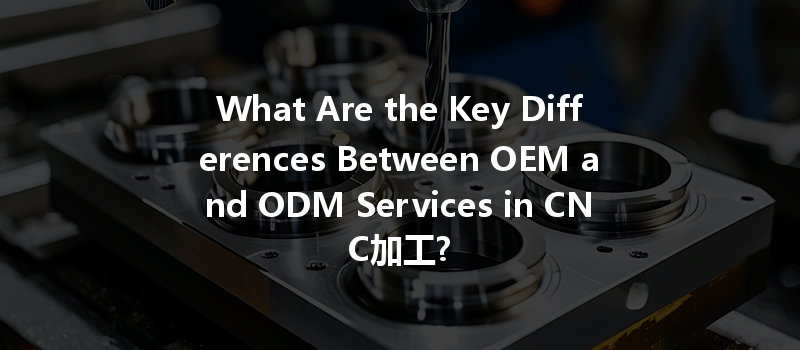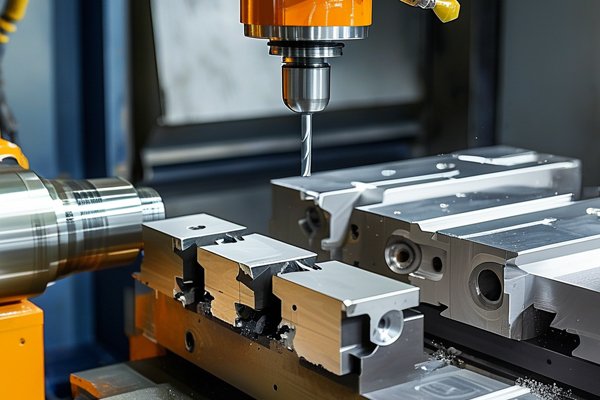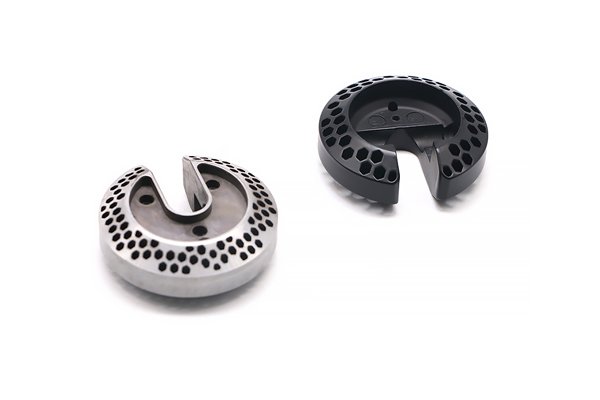When it comes to manufacturing parts and products, especially in the world of CNC (Computer Numerical Control)加工, you might have come across the terms OEM and ODM. But what in the world do these abbreviations really mean? Well, let me take you on a journey through the inner workings of these two exciting terms, exploring their differences, applications, advantages, and why knowing them can boost your business or project significantly! So, grab your metaphorical magnifying glass, and let’s dive deep into the captivating world of OEM and ODM services in CNC加工!
Understanding OEM and ODM
Before we plunge into the nitty-gritty, let’s clarify the basics.
What is OEM?
OEM stands for Original Equipment Manufacturer. This refers to companies that produce parts or products that are later sold under another brand’s name. Imagine a magnificent cake baker who makes the cake but gets the glory of the “Best Bakery” award because their creations are adorned with the brand’s label. In the CNC加工 world, this means that if a company is producing components, those components can be assembled or used by other brands which claim them as their own.
What is ODM?
On the flip side, ODM stands for Original Design Manufacturer. These companies take it a notch higher; they not only manufacture products but also design them. Think of an artist who not only paints a beautiful picture but also conceptualizes and imagines the scene before putting brush to canvas. In CNC加工, an ODM will design a product according to their client’s specifications and also produce it.
Key Takeaways
Understanding these definitions is akin to knowing the players on a chessboard. It sets the stage for us to understand their distinct roles in the CNC加工 universe.
The Delicate Dance: OEM vs. ODM
Now that we have the basic understanding down, let’s explore how these two approaches differ, much like two different dance styles—each with its allure and techniques.
One of the most significant distinctions lies in the design.
Imagine a game of rugby where everyone is trying to score without stepping out of bounds. Intellectual property is a huge factor in this respect.
So, how do these differences play out in terms of cost?
In the fast-paced world of manufacturing, time is often of the essence.
Advantages of OEM and ODM Services
By now, you might be thinking, “Okay, but what’s in it for me?” Great question! Each service has its own set of benefits.
Advantages of OEM

Advantages of ODM
Which is Right for You?
Choosing between OEM and ODM can be a bit like choosing between coffee and tea—each serves its purpose, depending on your personal preference and situation.
Consider Your Needs
Scenarios
Let’s visualize a couple of scenarios:
Real-Life Examples: OEM and ODM Success Stories
Nothing beats a good success story to inspire us, right? Let’s look at some real-world examples of how businesses have prospered using OEM and ODM services.
OEM in Action: Apple and Foxconn
When we think about OEM, Apple and its partnership with Foxconn immediately comes to mind. Foxconn manufactures Apple’s products, producing everything from iPhones to MacBooks based on Apple’s designs. This relationship allows Apple to maintain its brand while leveraging Foxconn’s manufacturing capabilities. It’s a symbiotic relationship akin to a peanut butter and jelly sandwich, where both parties contribute to creating something beloved and successful.
ODM in Action: Xiaomi
Xiaomi is a master of using ODM services. The company collaborates with various ODMs to create innovative products that align with its brand vision without investing heavily in in-house design. With a focus on being a technology leader, Xiaomi can quickly adapt to market demands and roll out new devices and appliances. Think of it like a clever wizard conjuring spells—quick and surprising!
The Future of OEM and ODM in CNC加工
As we look ahead, both OEM and ODM services are poised to adapt and grow with emerging technologies. From advancements in AI to the rise of automation, the landscape will continue evolving.
Impact of Industry 4.0
Industry 4.0 is shaping the future of manufacturing with data and connectivity at its core. OEMs and ODMs will harness these technologies to streamline processes, enhance collaboration, and innovate faster than ever. Imagine a magician’s toolbox, continually filled with new tricks to dazzle their audience!
Sustainability Matters
With increasing awareness around sustainability, both OEM and ODM firms will need to consider eco-friendly practices. Incorporating sustainability into manufacturing processes will not only align them with consumer values but also create new opportunities for growth.
Conclusion
In the grand tapestry of CNC加工, OEM and ODM are two threads, each vibrant in color and texture, weaving a narrative of innovation and collaboration. Understanding the distinctions between these two approaches is not just beneficial for manufacturers and brands, but it’s essential for anyone looking to thrive in the ever-competitive landscape of modern industry.
Whether you’re a fledgling startup, an established company, or just someone interested in the manufacturing world, grasping the intricacies of OEM and ODM services could be the key to unlocking your next great opportunity! So, let’s embrace knowledge and let it guide us in making informed decisions that propel us toward success. After all, in this dynamic world, knowing the players is half the game.
Now, what are your thoughts? Are you leaning towards OEM or ODM for your upcoming project? Let me know in the comments!






